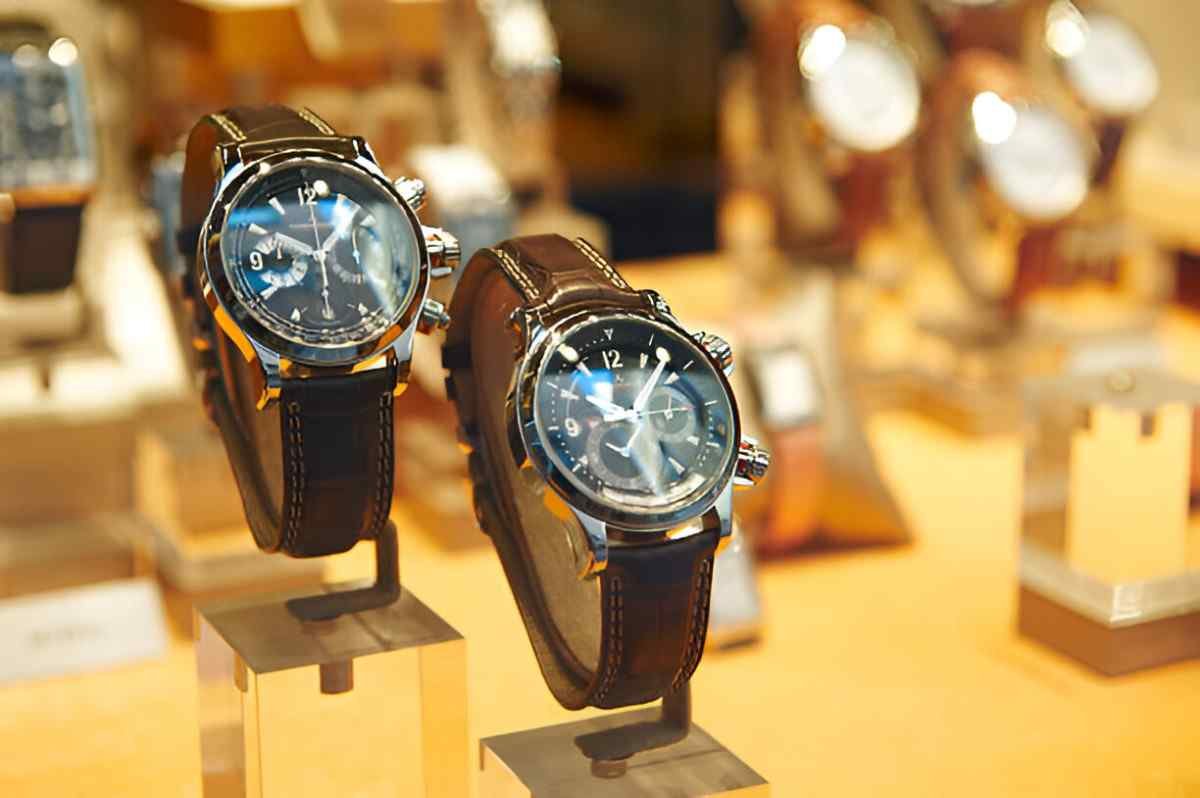When we talk about investments, the usual suspects include stocks, bonds, and real estate. Yet, luxury timepieces, especially brands with a storied history, have carved a niche for themselves as tangible assets. Among such brands, Graham Watches stands out. In this article, I’ll explore whether Graham watches make good investments, using examples, comparisons, and calculations to substantiate my analysis.
Table of Contents
Understanding Graham Watches
Founded in the late 20th century but inspired by George Graham, an 18th-century British clockmaker known as the “father of the chronograph,” Graham Watches combines heritage with modern ingenuity. Its designs often blend classic craftsmanship with bold aesthetics, appealing to niche collectors.
What Sets Graham Watches Apart?
- Design Philosophy: Graham watches are characterized by oversized crowns, intricate dials, and robust cases, making them instantly recognizable.
- Limited Editions: The brand often releases limited editions, creating exclusivity.
- Technical Innovation: Graham leverages Swiss engineering, ensuring high precision and durability.
While these factors enhance the appeal of Graham watches, do they translate into financial returns?
Investment Potential of Graham Watches
Factors Influencing Watch Investments
Before diving into specifics, let’s outline the factors that determine whether a luxury watch is a good investment:
- Brand Recognition: More recognizable brands often hold value better.
- Rarity: Limited production runs can drive demand.
- Condition: Mint or unused pieces fetch higher prices.
- Provenance: A watch with historical significance or celebrity ownership tends to appreciate.
- Market Trends: Shifts in collector preferences can influence value.
Now, let’s evaluate Graham against these criteria.
Brand Recognition
Graham is relatively niche compared to giants like Rolex or Patek Philippe. This limited awareness can hinder its value retention. However, among enthusiasts of bold, aviation-inspired designs, Graham holds a distinct appeal.
Rarity and Exclusivity
Graham’s limited-edition runs add to its allure. For instance, the Chronofighter collection includes models with production capped at a few hundred pieces. This scarcity can drive secondary market demand.
Illustration: Comparing Rarity
| Brand | Annual Production | Popular Limited Editions |
|---|---|---|
| Rolex | 1,000,000+ | Daytona “Paul Newman” |
| Patek Philippe | 60,000 | Nautilus 5711 |
| Graham | ~10,000 | Chronofighter Vintage Nose Art |
Condition and Provenance
As with most watches, the condition of a Graham watch is critical. Collectors favor models with original boxes and papers. While Graham lacks the celebrity associations of Rolex or Audemars Piguet, some models—like the Chronofighter series—have garnered cult status among aviation enthusiasts.
Market Trends
The luxury watch market has seen a resurgence in the past decade. Collectors increasingly value unique, conversation-starting designs. Graham’s bold aesthetics cater to this niche, though its broader market appeal remains limited.
Example: Calculating Potential Appreciation
To illustrate, let’s analyze the Chronofighter Vintage Nose Art collection:
- Retail Price: $6,000
- Average Resale Price (after 5 years): $4,500-$5,500 (75-92% retention)
In comparison:
| Brand | Model | Retail Price | Resale Price After 5 Years | Retention Rate |
|---|---|---|---|---|
| Rolex | Submariner | $10,000 | $13,000 | 130% |
| Patek Philippe | Nautilus 5711 | $30,000 | $70,000 | 233% |
| Graham | Chronofighter Vintage | $6,000 | $4,500 | 75% |
While Graham retains value better than many fashion-oriented brands, it’s outperformed by investment-grade brands like Rolex and Patek Philippe.
Pros and Cons of Investing in Graham Watches
Pros
- Unique Aesthetics: Graham’s bold designs stand out in a crowded market.
- Limited Editions: Scarcity can drive future demand.
- Affordable Entry Point: Compared to Rolex or Patek Philippe, Graham offers a more accessible entry into luxury watches.
Cons
- Limited Brand Recognition: Graham lacks the universal appeal of Rolex.
- Moderate Value Retention: While decent, Graham’s resale performance lags behind top-tier brands.
- Niche Appeal: The brand’s bold designs may not cater to everyone’s taste.
Practical Tips for Investing in Graham Watches
1. Focus on Limited Editions
Models with small production runs tend to retain value better. Look for Chronofighter or Silverstone collections with unique dials or themes.
2. Buy Pre-Owned
Purchasing pre-owned watches can minimize depreciation. Ensure authenticity by buying from reputable dealers.
3. Preserve Condition
Store the watch in a climate-controlled environment and keep all original accessories.
4. Diversify Your Portfolio
Luxury watches should complement, not replace, traditional investments. Balance your portfolio with stocks, bonds, and other tangible assets.
Conclusion: Are Graham Watches a Good Investment?
While Graham watches offer aesthetic appeal, quality craftsmanship, and exclusivity, they fall short as a pure investment vehicle compared to industry leaders like Rolex or Patek Philippe. However, for enthusiasts who appreciate bold designs and are willing to prioritize personal enjoyment over high returns, Graham can be a rewarding choice.
By focusing on limited editions and maintaining their condition, you can maximize your investment’s potential. Remember, investing in luxury watches is as much about passion as it is about profit.





